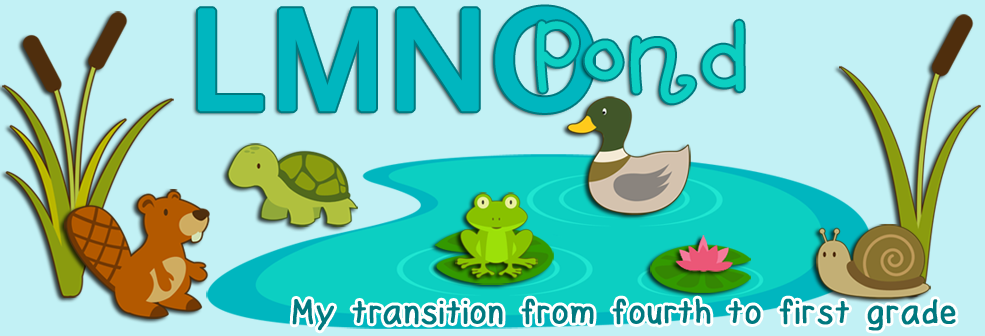 In math, we have been working on fact families. In Math in Focus, an introduction to addition and subtraction is rolled out in the same chapter in the form of Number Bonds.
In math, we have been working on fact families. In Math in Focus, an introduction to addition and subtraction is rolled out in the same chapter in the form of Number Bonds.
I like the IDEA of number bonds, just like in fourth grade I liked the IDEA of bar models. But the kids tend to get really bogged down with the steps/language in the workbooks (in both grades).
I knew there had to be a better way. As a visual learner, I wish I was
taught math using the visual models from Math in Focus. But there
wasn't enough hands on practice that I could find for the kids to really
test things out when it comes to number bonds. Sure, there are tens
frames. But moving from tens frames to numbers was a leap for some
kids. I looked on TPT for help, and when I couldn't find anything, I
made my own!
It felt so good to be creating again after my move from fourth to
first. I didn't know when I'd be ready, but this time I had a vision so
I made the time.
.jpg) I knew I wanted something kids could write on in marker using sheet protectors. This group loves markers (we use them in Fundations, and we've used them with other math activities with success). There's something about being able to wipe away your mistake with your finger that's very appealing, haha.
I knew I wanted something kids could write on in marker using sheet protectors. This group loves markers (we use them in Fundations, and we've used them with other math activities with success). There's something about being able to wipe away your mistake with your finger that's very appealing, haha..jpg) Finally, I included an envelope for each file folder with only the numbers needed for the problem (along with plus, minus, and equals signs).
Finally, I included an envelope for each file folder with only the numbers needed for the problem (along with plus, minus, and equals signs). The fact family stations were a success! Even my grade level partner (a first grade veteran teacher) was excited to borrow them. So I made this fact family activity available for purchase in my young (but up and coming?) TPT store.
.jpg) In keeping with my grade level partner's suggestion, I split my class for this activity as well. While half of my class worked with a partner on each of the file folder activities, I worked with the rest of the class at the rug.
In keeping with my grade level partner's suggestion, I split my class for this activity as well. While half of my class worked with a partner on each of the file folder activities, I worked with the rest of the class at the rug.With these kids I challenged them to create a number sentence using 3 numbers of my choosing. Each child had a bag of several (but not all) numbers from 1 to 10, as well as plus, minus, and equal signs.
This activity allowed me to check for breakdowns in understanding (such as 8+6=2). I could draw on the whiteboard to prove/disprove given number sentences. At the same time, the activity was open ended; multiple students could have different correct answers as they waited to be called on with their response.
.jpg) This activity was a big success, and led to a fun "filler" game that we like to play, and you can play too with very few materials! Here's how:
This activity was a big success, and led to a fun "filler" game that we like to play, and you can play too with very few materials! Here's how:- I tell the kids, "I'm thinking of a number sentence using 4,9, and 5."
- Next, I write the sentence I'm thinking so I can "prove" at the end who guessed correctly.
- I call on students to guess, and write their response on the board. Then I will say, "That IS a correct number sentence, but it's not the one I was thinking." (Unless of course it was not a correct number sentence, and then I'll draw it out to prove why).
- I continue to write guesses. As your class improves at the game you might say, "I notice there are two addition number sentences already guessed. That means the correct answer must use...[subtraction]."
- When the correct guess is given, I flip over my sentence and say, "You're right!"
.jpg) It's a fun little game when you're waiting for the stragglers to transition over to the area of the room you are about to start teaching in! I've learned that games like this are a BIG hit with first graders. They like being constantly entertained by an adult, whereas fourth graders seem to be happier socializing/taking a break from listening to an adult during transitions. And it requires very little materials. Do you have any fun "fillers" like this that you use with your class?
It's a fun little game when you're waiting for the stragglers to transition over to the area of the room you are about to start teaching in! I've learned that games like this are a BIG hit with first graders. They like being constantly entertained by an adult, whereas fourth graders seem to be happier socializing/taking a break from listening to an adult during transitions. And it requires very little materials. Do you have any fun "fillers" like this that you use with your class?My Teachers Pay Teachers Store
My Pinterest




.jpg)

.jpg)
.jpg)

.jpg)
.jpg)
